What Is Cloaking in SEO?
If you’re diving into the world of search engine optimization (SEO), you’ve probably come across terms like keyword stuffing, link farming, or black hat SEO. One such controversial and deceptive tactic is cloaking—a practice that might bring short-term gains but can severely damage your website’s long-term visibility and reputation. So, what is cloaking in SEO, and why is it considered a violation of search engine guidelines?
Let’s break it down in a simple, easy-to-understand way so you can protect your website and stay on the right side of SEO best practices.
What Does Cloaking Mean in SEO?
Cloaking is a technique where the content shown to search engine crawlers is different from what is displayed to human users. The goal is often to manipulate search engine rankings by showing highly optimized content to bots while serving irrelevant or less optimized content to real users.
In simpler terms, it's like telling Google one story and your visitors another.
For example, a website might show search engines a page full of keyword-rich text about “healthy recipes,” but when users click on the link, they’re redirected to a gambling site. The discrepancy is intentional and designed to trick search engines into ranking the site higher for unrelated or irrelevant search terms.
Why Do Some Sites Use Cloaking?
Cloaking is used primarily to manipulate rankings and increase traffic, often for pages that don’t actually provide value to users. Here are a few reasons why some website owners use cloaking:
- To rank for unrelated high-traffic keywords
- To hide spammy or poor-quality content from search engines
- To show ad-heavy or affiliate-heavy pages only to users, while hiding them from bots
- To serve different language versions based on the visitor but without proper localization tags
While these tactics might offer a short-term spike in traffic, the long-term risks outweigh the benefits.
Types of Cloaking Techniques
There are various methods used to cloak content. These include:
- IP-based cloaking: Showing different content based on the IP address of the visitor. For example, search engine bots may see optimized content, while users see something entirely different.
- User-Agent cloaking: Serving different content based on the user-agent string in the browser or crawler request.
- JavaScript-based cloaking: Displaying or hiding content using JavaScript so search engine bots can't access the same content as users.
Is Cloaking Allowed by Google?
Absolutely not. Google explicitly states that cloaking is a violation of its Webmaster Guidelines. According to Google, any practice that attempts to deceive users or search engines is considered black hat SEO. Websites found using cloaking can be:
- Penalized in search rankings
- Completely removed from Google’s index
- Flagged in Search Console with manual action notifications
Recovering from such penalties can be difficult and time-consuming, especially if cloaking was used extensively across multiple pages.
How to Avoid Cloaking (Even Accidentally)
Sometimes, website owners unknowingly use cloaking-like practices, especially when dealing with dynamic content or personalized pages. Here are some tips to stay compliant:
- Always serve consistent content: What search engine bots see should be the same as what users see. If you're using personalization, make sure the base content is similar across versions.
- Use proper redirects: Don't mislead users by redirecting them to unrelated pages.
- Avoid hidden text or links: If content is hidden using CSS or JavaScript but meant to deceive search engines, it can be flagged as cloaking.
- Implement hreflang for multiple languages: If your site supports multiple languages, use the correct hreflang tags rather than cloaking based on IP.
The Right Way to Optimize Your Site
Instead of resorting to cloaking or other black hat tactics, focus on ethical SEO strategies that build long-term value:
- Publish high-quality,
original content
- Use relevant keywords naturally
- Build high-authority
backlinks
- Optimize for mobile and fast loading times
- Provide a great user experience
Google’s algorithms reward sites that follow best practices and prioritize user value over manipulation. With the rise of AI and machine learning, search engines are getting better at detecting and penalizing deceptive behaviors like cloaking.
Final Thoughts
Cloaking in SEO is a deceptive technique that can bring serious consequences, including search engine penalties and a loss of trust from your audience. While it may seem tempting to use such shortcuts to climb the rankings, the risks far outweigh the rewards.
If you’re serious about growing your site and improving visibility on Google, stick to white hat SEO practices that focus on delivering quality content and an excellent user experience. Remember—sustainable growth comes from building trust, not trickery.
In today’s digital landscape, transparency and authenticity win. Keep your SEO strategy clean, compliant, and user-first, and you’ll be well on your way to long-term success.
